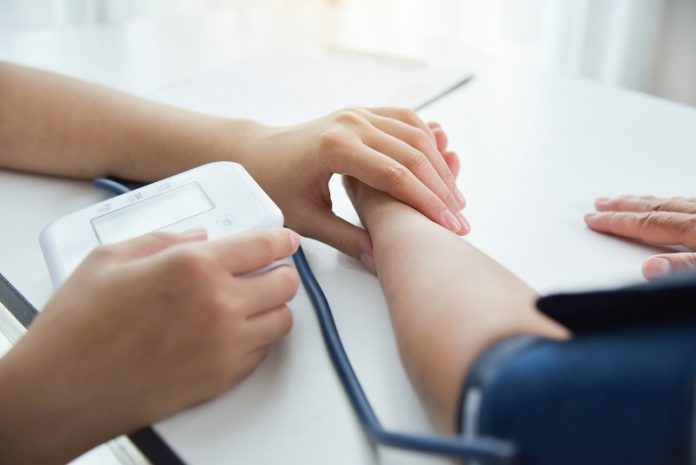
Peripheral artery disease, or PAD, is a condition where the arteries that supply blood to the limbs become narrowed or blocked. This can cause pain and other problems in the legs and feet.
It’s important to understand what causes PAD so we can work to prevent it and manage it effectively. Let’s look at the common causes of PAD, explained in simple terms.
One of the primary causes of PAD is smoking. Cigarette smoke contains many harmful chemicals that can damage the arteries. These chemicals cause the arteries to become inflamed and narrow, reducing blood flow.
Research has shown that smokers are much more likely to develop PAD compared to non-smokers. The more someone smokes, the greater their risk. Quitting smoking is one of the best ways to reduce the risk of PAD and improve overall health.
High cholesterol is another major factor. Cholesterol is a fatty substance that can build up in the arteries, forming plaques. These plaques can narrow the arteries and restrict blood flow, leading to PAD. Eating a diet high in saturated and trans fats can increase cholesterol levels.
To reduce the risk of PAD, it’s important to eat a healthy diet that includes plenty of fruits, vegetables, whole grains, and lean proteins while avoiding unhealthy fats.
High blood pressure, or hypertension, also contributes to PAD. When blood pressure is too high, it puts extra strain on the arteries. Over time, this strain can cause the arteries to harden and narrow. Managing blood pressure through a healthy diet, regular exercise, and medication if needed can help prevent PAD.
Diabetes is another common cause of PAD. People with diabetes have high levels of sugar in their blood, which can damage the arteries over time. This damage makes it easier for plaques to form and block the arteries.
Research has shown that people with diabetes are at a much higher risk of developing PAD. Managing blood sugar levels through diet, exercise, and medication can help reduce this risk.
Obesity is also a significant risk factor for PAD. Carrying excess weight can contribute to high cholesterol, high blood pressure, and diabetes, all of which increase the risk of PAD. Maintaining a healthy weight through a balanced diet and regular physical activity can help reduce the risk.
Lack of exercise is another contributing factor. Regular physical activity helps keep the arteries healthy and improves blood flow. People who are inactive are more likely to develop PAD. Incorporating activities like walking, cycling, or swimming into your daily routine can help keep the arteries in good shape and reduce the risk of PAD.
Age and family history also play roles in PAD. The risk of developing PAD increases as we get older. This is because the arteries naturally become less flexible and more prone to narrowing over time.
Additionally, having a family history of PAD or other cardiovascular diseases can increase the risk. While we can’t change our age or genetics, being aware of these risk factors can encourage us to take preventive measures.
Research has provided substantial evidence for these causes. For instance, a study published in the Journal of the American College of Cardiology found a strong link between smoking and PAD, highlighting the importance of smoking cessation.
Another study in the journal Circulation emphasized the role of high cholesterol in the development of PAD, underscoring the need for a healthy diet.
Understanding these common causes can help us take steps to prevent PAD. Quitting smoking, eating a healthy diet, managing blood pressure and blood sugar, maintaining a healthy weight, and staying physically active are all important measures.
Regular check-ups and being aware of family history can also help catch PAD early and manage it effectively. By addressing these factors, we can reduce the risk of PAD and improve overall cardiovascular health.
If you care about heart health, please read studies about top 10 foods for a healthy heart, and how to eat right for heart rhythm disorders.
For more health information, please see recent studies about how to eat your way to cleaner arteries, and salt and heart health: does less really mean more?
Copyright © 2024 Knowridge Science Report. All rights reserved.



